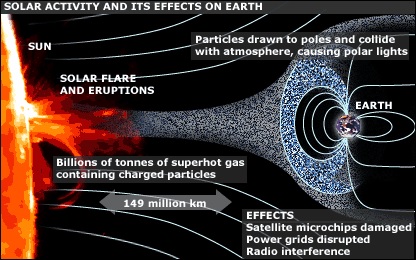7667766266
enquiry@shankarias.in
Elon Musk’s Starlink has lost 40 out 49 of satellites that were caught in a geomagnetic storm a day after they were launched.

References